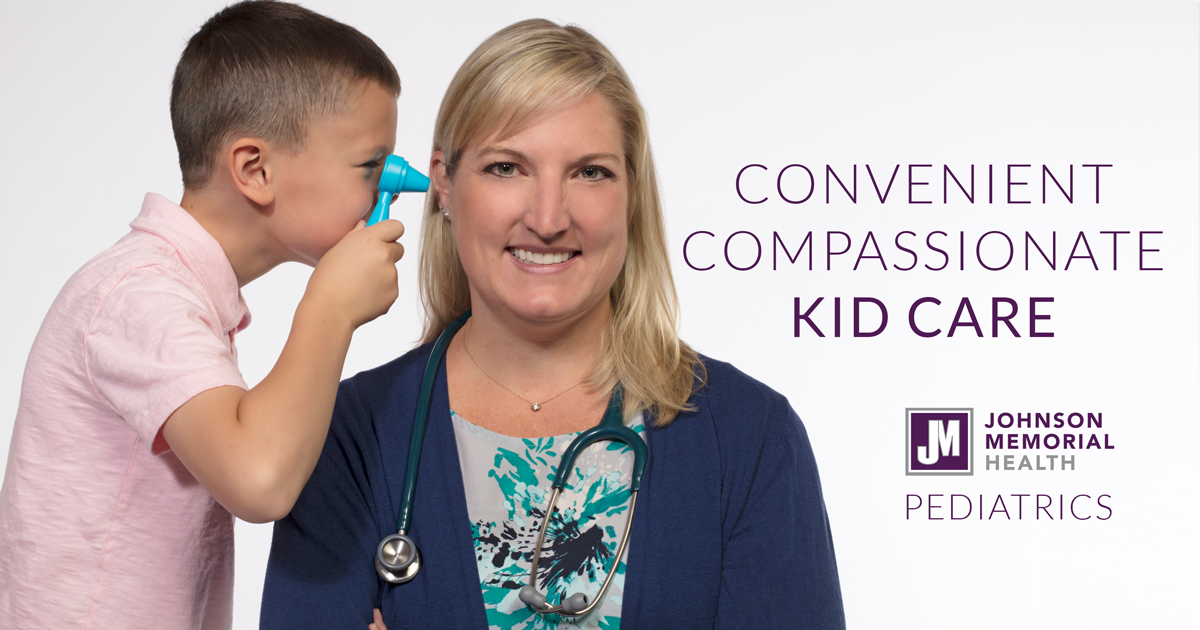 Most bruises aren’t a big deal. They’re the body’s natural reaction to an impact. Blood cells from deep within the skin collect near the surface, becoming visible as a red, purple, blue, or black discoloration. Some bruises even look yellow or green as they heal.
Most bruises aren’t a big deal. They’re the body’s natural reaction to an impact. Blood cells from deep within the skin collect near the surface, becoming visible as a red, purple, blue, or black discoloration. Some bruises even look yellow or green as they heal.
As a parent, it can be hard to know how your child has gotten every bump and bruise. When you discover a large bruise, your child may or may not be able to describe the cause depending on their age.
Here’s a closer look at bruises and when to head to the doctor’s office.
Common Causes of Bruises
Bruises have many causes. In children, they often come from normal play and participating in sports. There are also other common causes for bruises in adults and children, like:
Vigorous exercise. Some exercises, particularly weight lifting, can create tiny tears in the skin that develop bruises.
Stumbling. This can be due to clumsiness, sleepiness, vision problems or medication.
Thinning skin. Older adults are prone to thinning of the skin, which creates fragile tissue that is prone to bruising.
Assessing Bruise Pain
Bruises can form with or without pain. Some people bruise easily and don’t notice at all. Others find even small bruises painful.
Some bruises, especially those after significant impacts, come with pain and swelling. When assessing whether the pain is bad enough to call the doctor, take a moment to consider whether something deeper could be going on.
In children, painful bruises can go hand-in-hand with injury events like sprains. Your child may have fallen and either doesn’t remember it or doesn’t want to tell you. Persistent bruise pain should be assessed by a doctor.
Bruises vs. Blood Clots
Bruises usually form just under the skin and heal fairly quickly without medical intervention. However, it’s important to make sure a bruise isn’t a blood clot that needs a doctor’s care.
Blood clots form when blood cells form semi-solid masses. They last longer than bruises and may feel like bumps or lumps. Some blood clots form deep within the body and are hard to feel at all.
Some blood clots dissolve naturally; sometimes a doctor’s visit is required. When in doubt, call your doctor because blood clots can cause serious harm if they reach your intestines, heart, or brain.
When to See a Doctor
Health professionals recommend a basic set of at-home treatments for bruises, commonly abbreviated RICE: Rest, ice, compression, elevation. Get rest after the injury, ice the point of impact to reduce swelling, provide mild compression without over-tightening, and keep it elevated.
If RICE doesn’t seem to be helping, or the person is still experiencing the following symptoms, contact a doctor.
- Strong or persistent pain that lasts for three days after a minor impact.
- Unexplained bruising that doesn’t seem to be caused by impacts.
- Frequent bruising, with multiple bruises at any given time.
- Excessive bleeding, or bleeding that won’t stop, after a bruise.
- Lumps near the bruise location.
- In addition, a family history of easy bruising or bleeding should be discussed with a doctor. There could be a bleeding disorder or other underlying condition.
To evaluate a bruise, a doctor will do a physical exam, ask about recent injuries, and discuss your family history. The doctor may ask about past disease and taking medication.
If you or your child has a bruise that needs evaluation, reach out to Johnson Memorial Health Pediatrics at 317.736.5515.

